Bilge Water Treatment
1. What is Bilge Water?
Bilge water is not exactly water but a mixture of variety of substances. Its a mixture of fresh water, sea water, oil, sludge, chemicals and various other fluids.So where does all these substances come from?
Sea water and fresh water can find its way to the bilge wells due to leakage in the pipe lines, leaky pump and valve glands, from machinery, propulsion system, over flowing of tanks and even due to accidental spills. All these substances get accumulated in the bilge wells and the mixture formed is known as bilge water.
A significant amount of sea water can seep into the bilge well if there is a leakage in the shaft gland or stuffing box. Sea water can also enter from leaky main sea chest valves. Fresh water from heat exchangers, fresh water generator and boilers often contribute to the filling of bilge wells. Oil finds it way to the bilge well mainly from the fuel oil purifiers, leakage in fuel line and oil spills.
2. What if the bilge wells overflow?
It is a governmental law that any liquid that has oil particles suspended in it should not be discharged in the open sea. Bilge wells are helpful to store this contaminated water but can sometimes be a threat to the engine room. If the bilge wells overflow it could cause a rise in the level of water up to or above the floor plates. This could lead to accidents, emergency situations or even disturbance in the stability of the ship. For this reason, bilge wells are periodically emptied by pumping out the bilge with the help of bilge pumps.MARPOL states that bilge water cannot be directly pumped out into the sea. For this reason, bilge water is first passed through an bilge water treatment where the level of suspended oil particles in the mixture is significantly brought down.
3. The Bilge Water Discharge Standard:
The IMO Resolution MEPC.107 (49) has been adopted on 18th July 2004 and applies to all oil water separators and 15-ppm alarm devices to be installed onboard ships on or after 1st January 2005.
The Bilge Water Treatment adopts the combination of 1st stage, cone plate gravity and coalesce separation; 2nd stage, fiber filter and 3rd stage, membrane permeation in order to make the treated bilge water to reach the requirements of discharge standard of the resolution of IMO MEPC.107 (49).
4. The Bilge Water Treatment Data:
| Model | YSZ-0.10 | YSZ-0.25 | YSZ-0.50 | YSZ-1.00 | YSZ-1.50 | YSZ-2.00 | YSZ-3.00 | YSZ-4.00 | YSZ-5.00 | |
| Capacity (m3/hr) | 0.10 | 0.25 | 0.50 | 1.00 | 1.50 | 2.00 | 3.00 | 4.00 | 5.00 | |
| Discharge Standard | ≤15ppm, satisfy IMO MEPC.107(49) Resolution | |||||||||
| Working Pressure | ≤0.3MPa | |||||||||
| Plunger Pump | Model | DZ-100 | DZ-250 | DZ-500 | DZ-1000 | DZ-1500 | DZ-2000 | DZ-3000 | DZ-4000 | DZ-5000 |
| Capacity (m3/hr) | 0.10 | 0.25 | 0.50 | 1.00 | 1.50 | 2.00 | 3.00 | 4.00 | 5.00 | |
| Discharge Pressure (MPa) | 0.3 | |||||||||
| Suction Lift (m) | 6 | |||||||||
| Motor Power(Kw) | 0.12 | 0.18 | 0.25 | 0.37 | 0.75 | 0.75 | 1.1 | 1.5 | 1.5 | |
| Electrical Heating Power (Kw) | / | 1 | 2 | 2-3 | 3-5 | |||||
| Supply Power | 380V/50HZ/3p (optional) | |||||||||
| Control Mode | Automatic | |||||||||
| Oil-discharge Mode | Automatic/Manual | |||||||||
| Weight | 205 | 350 | 490 | 600 | 860 | 890 | 1100 | 1950 | 2310 | |
5. The Bilge Water Treatment Physical Picture:

6. The Certificate Available:

Society certificates


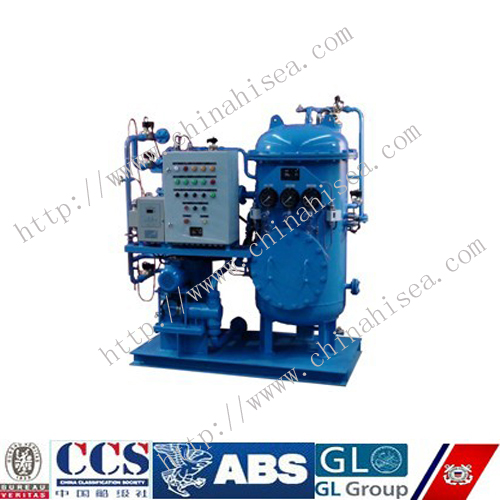
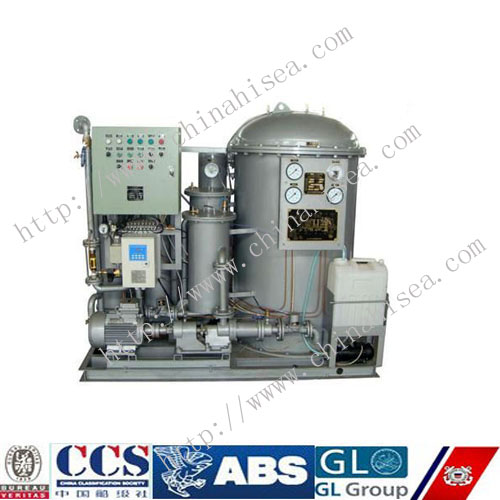
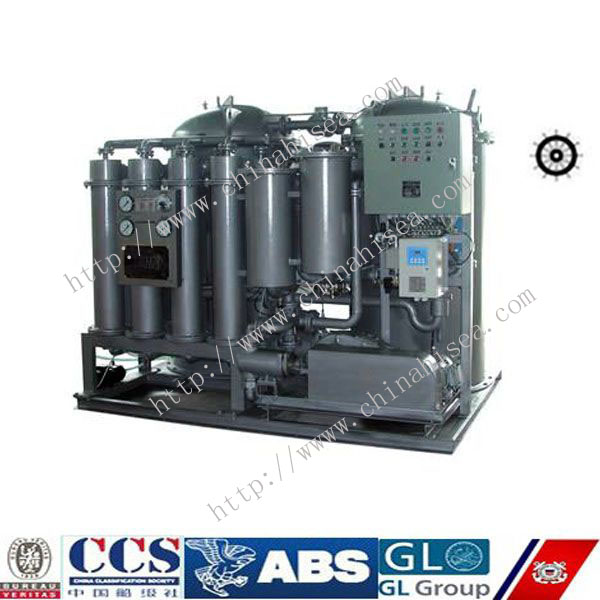
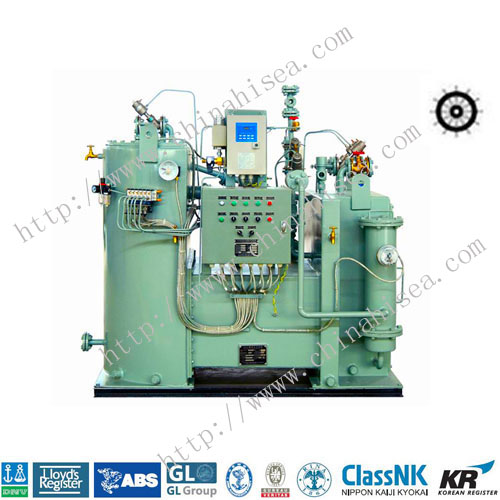
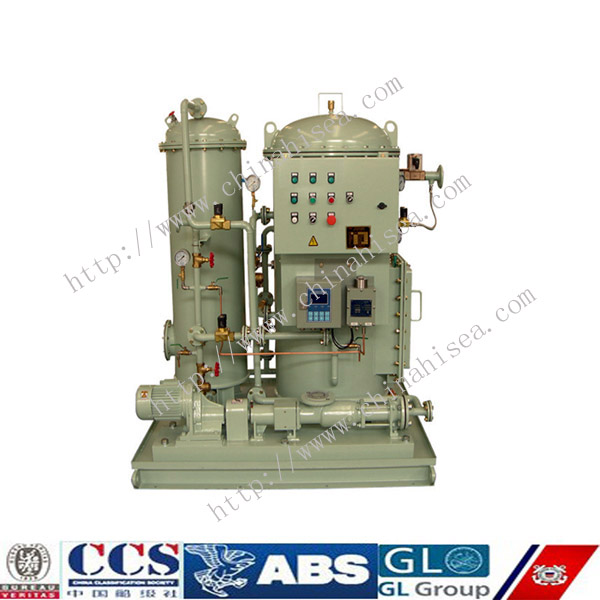
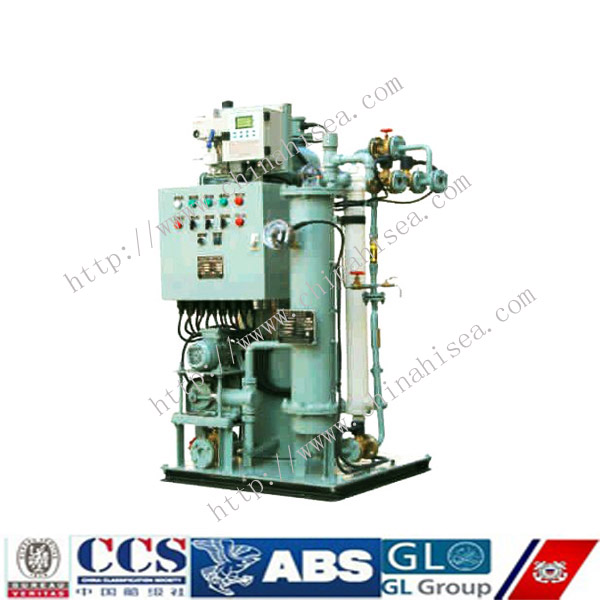
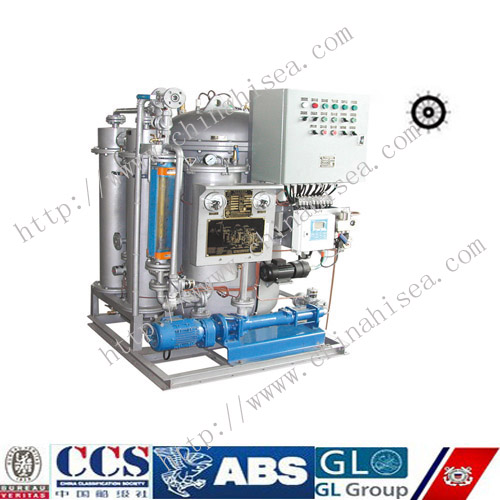
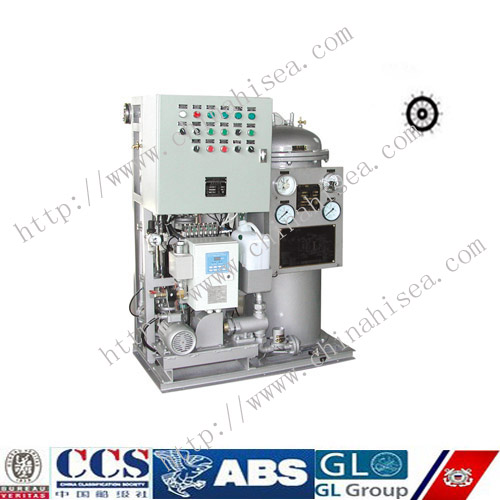
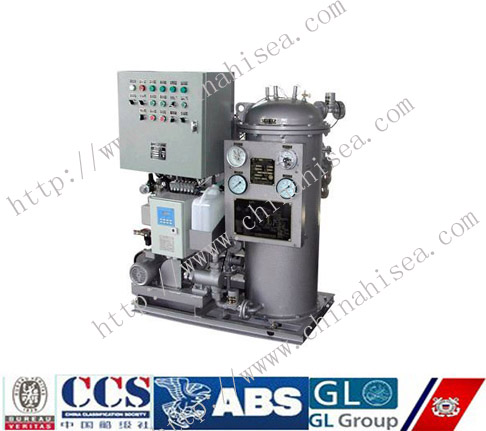
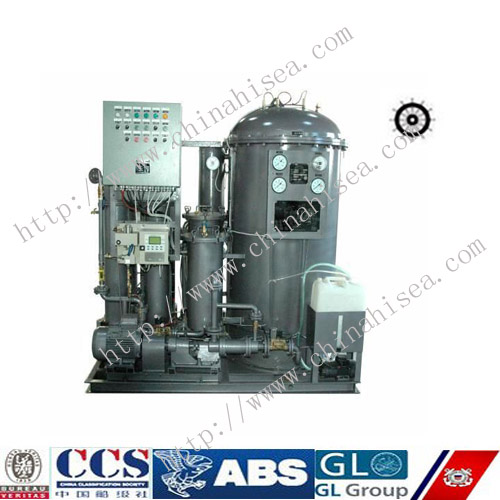

CONTACT WITH US NOW